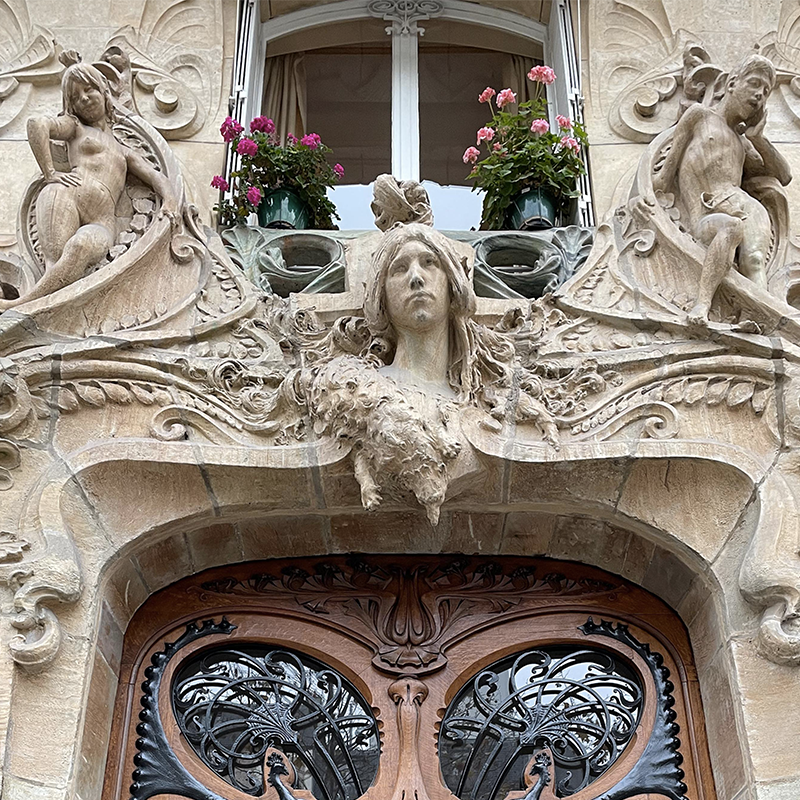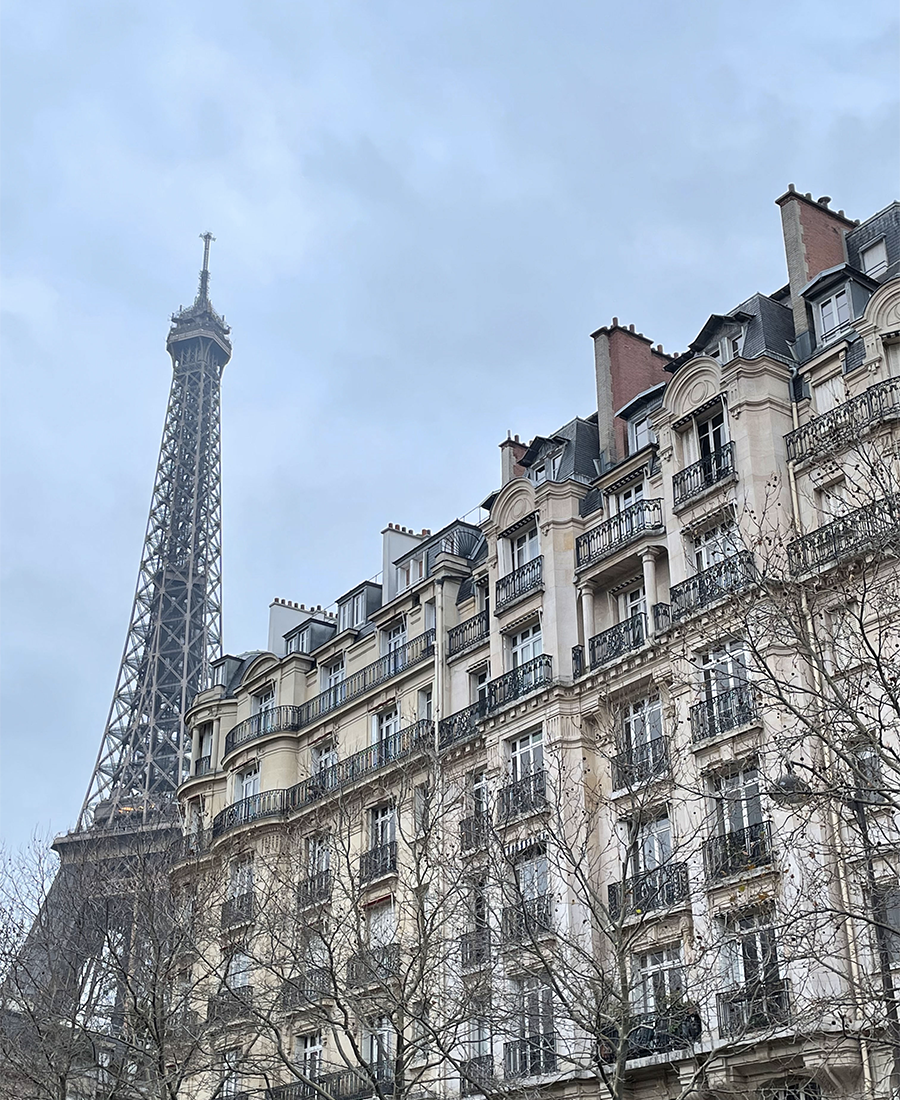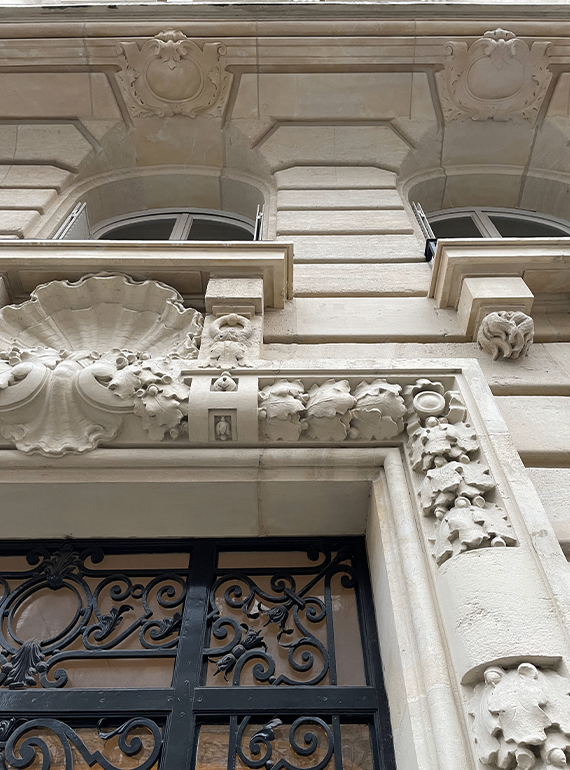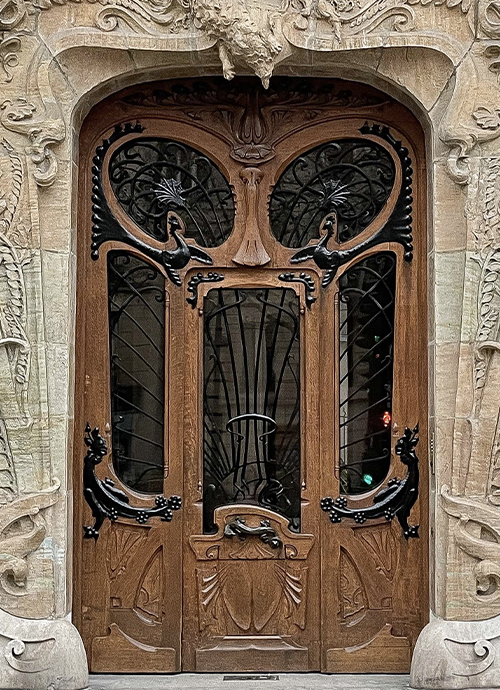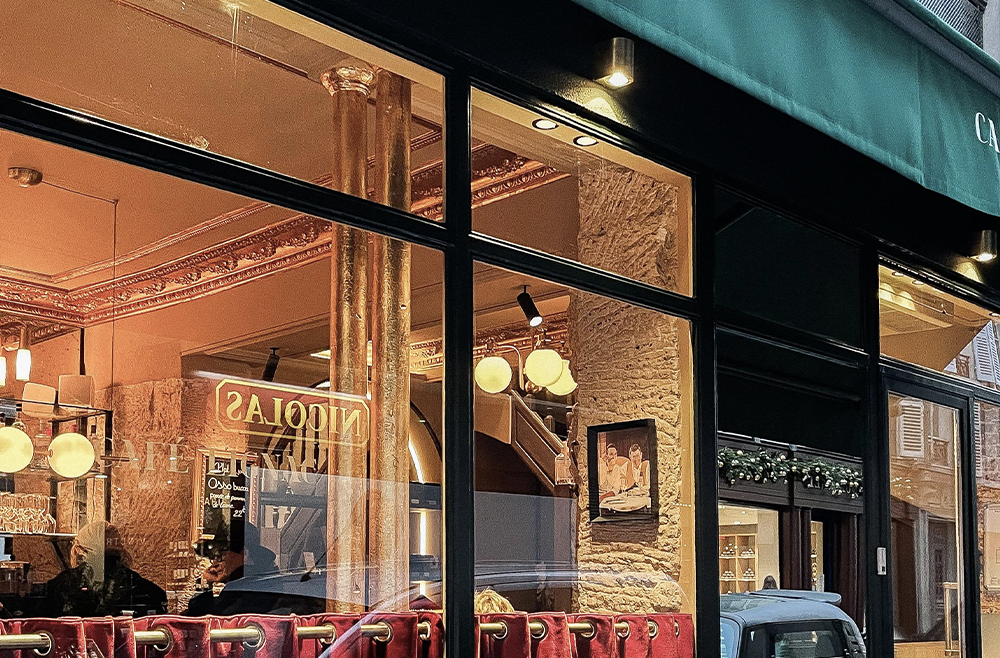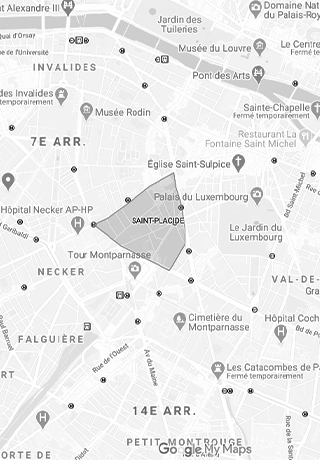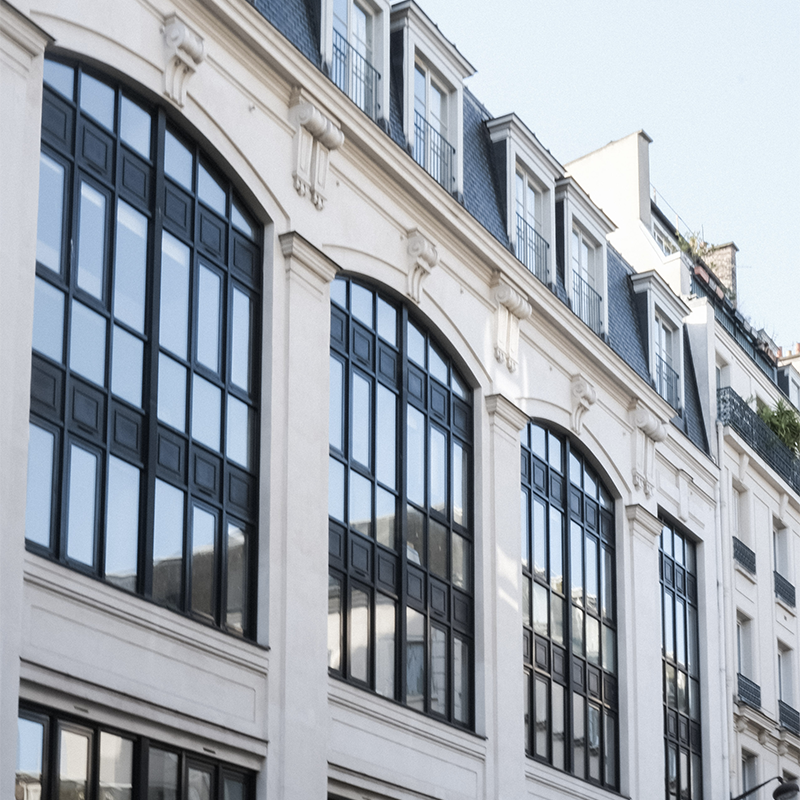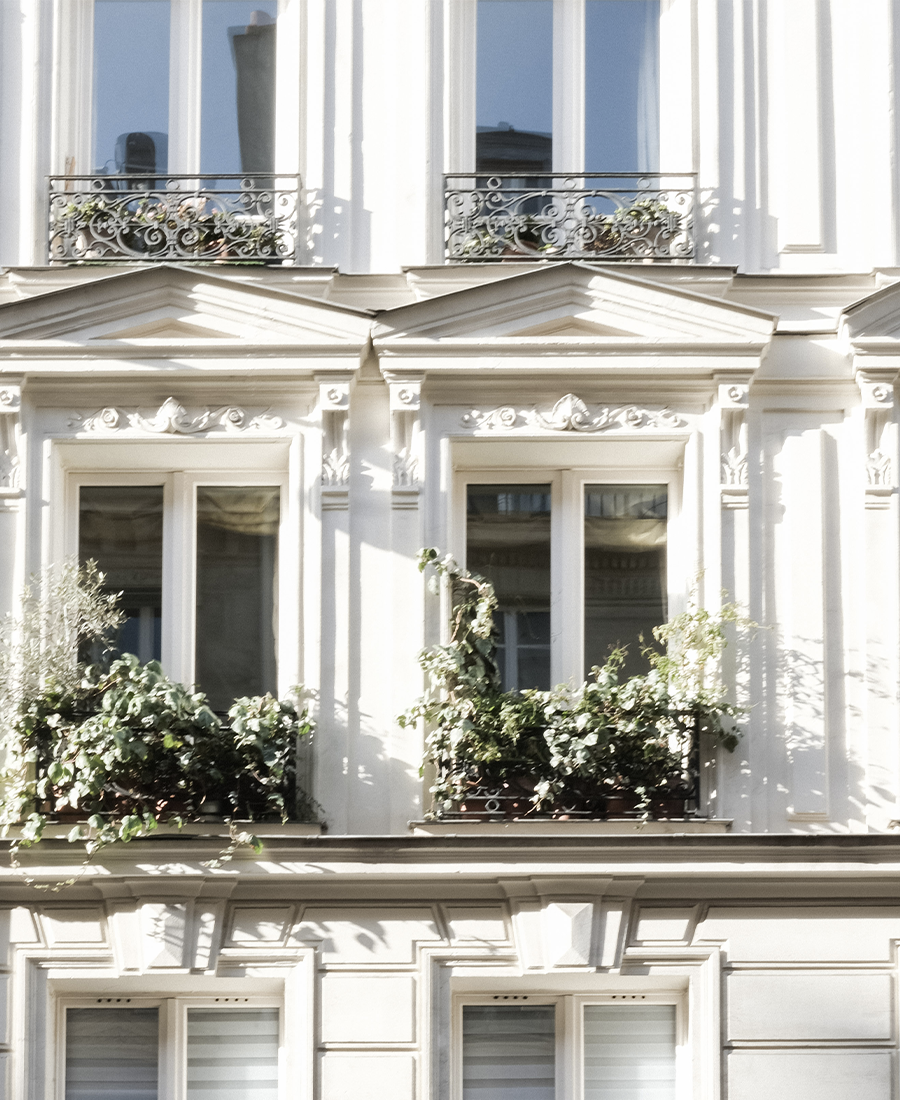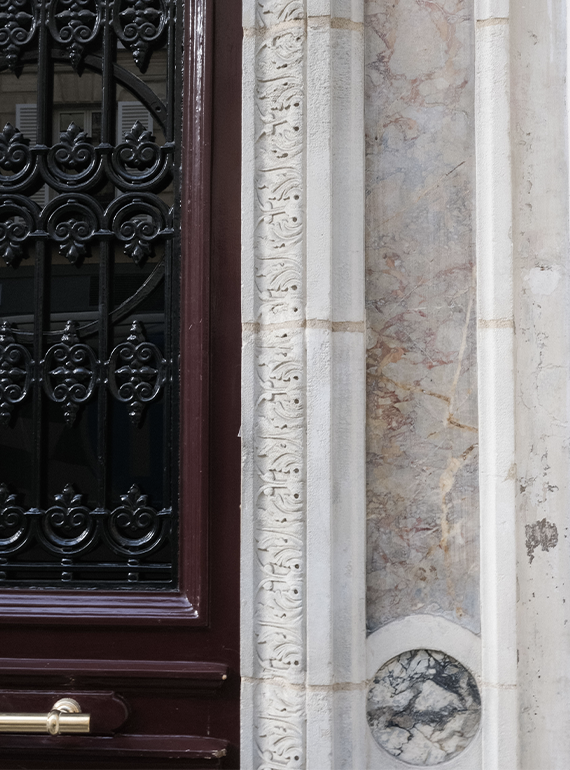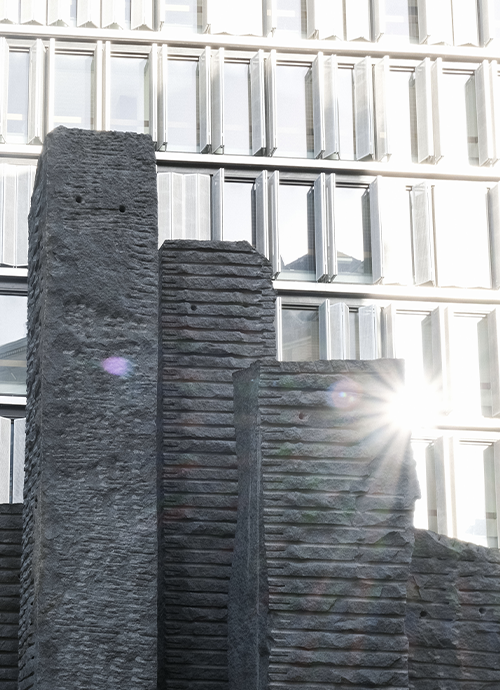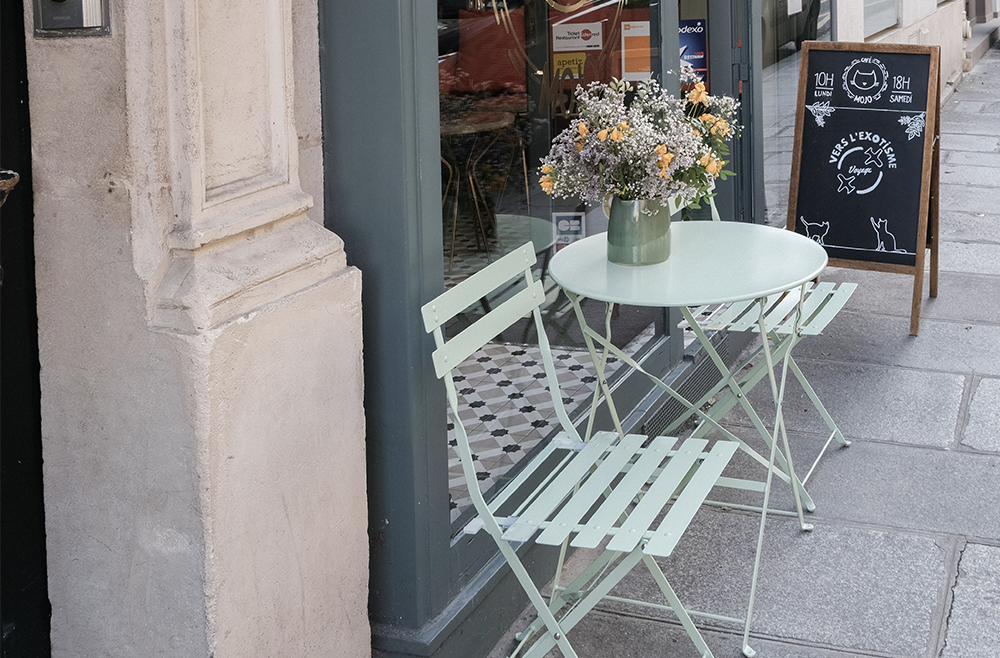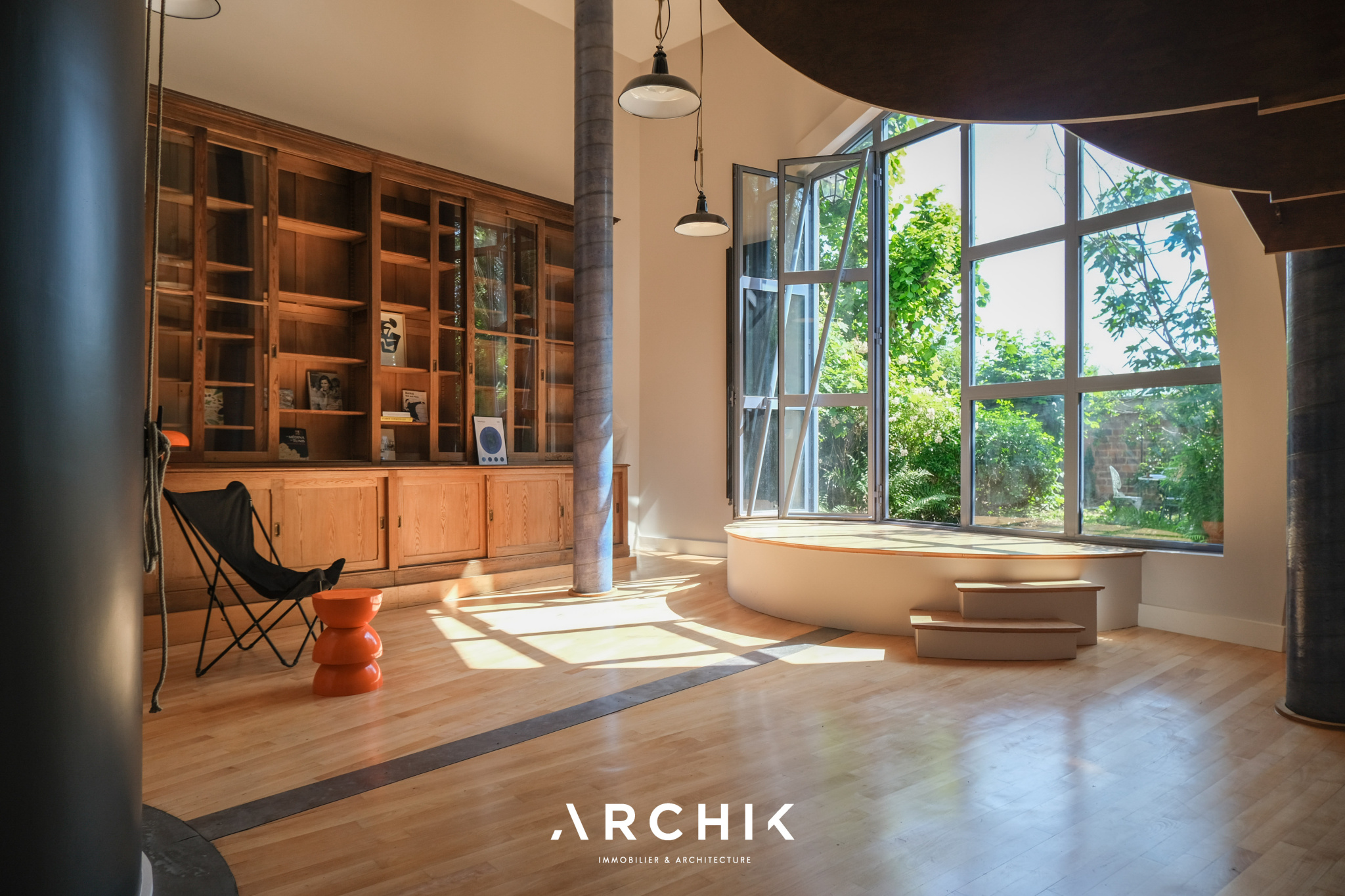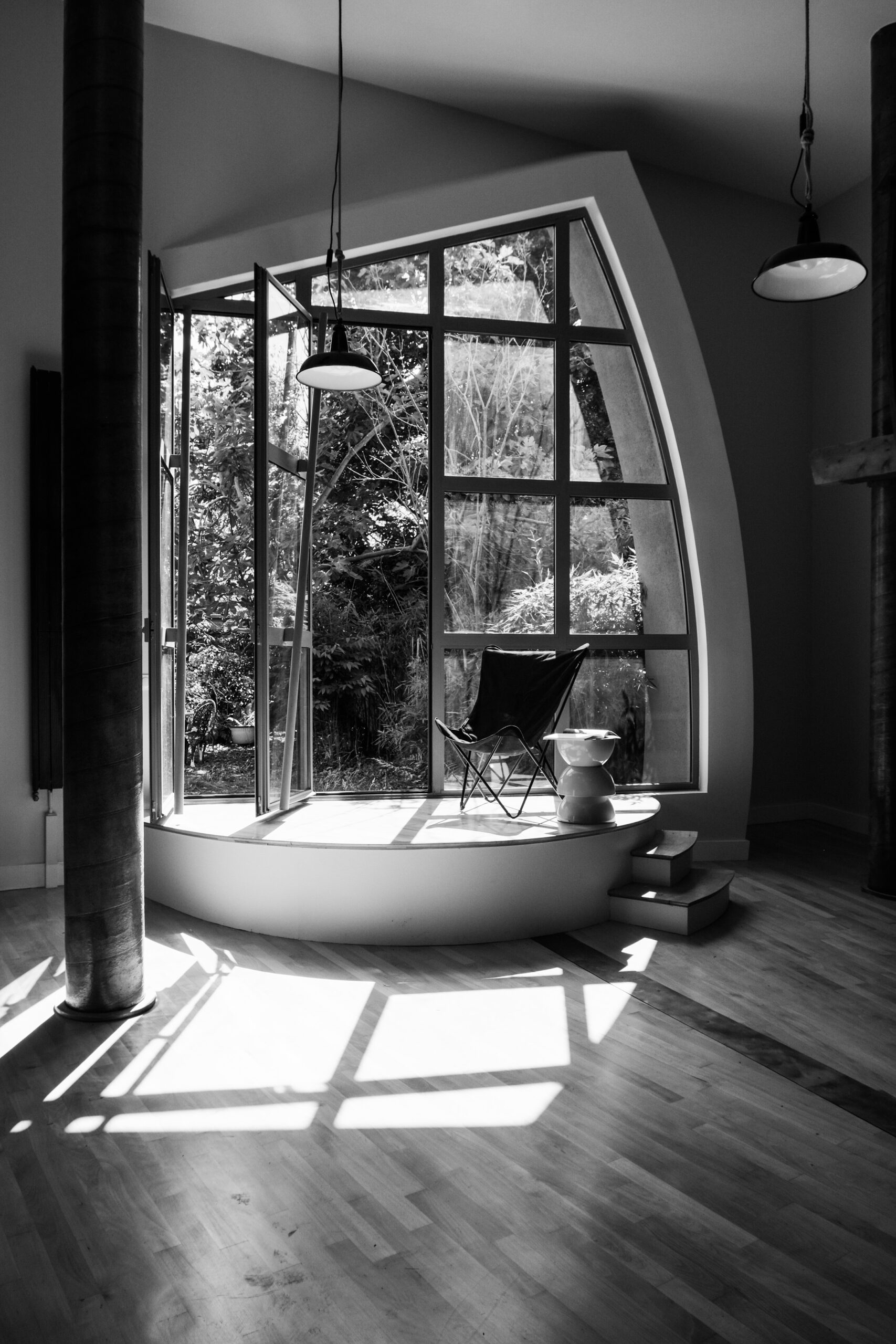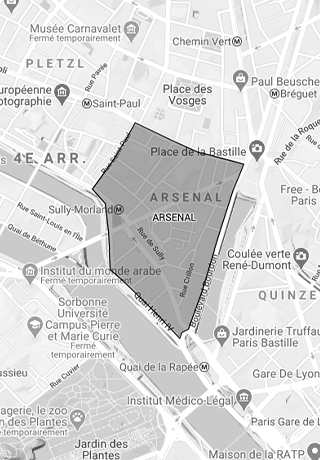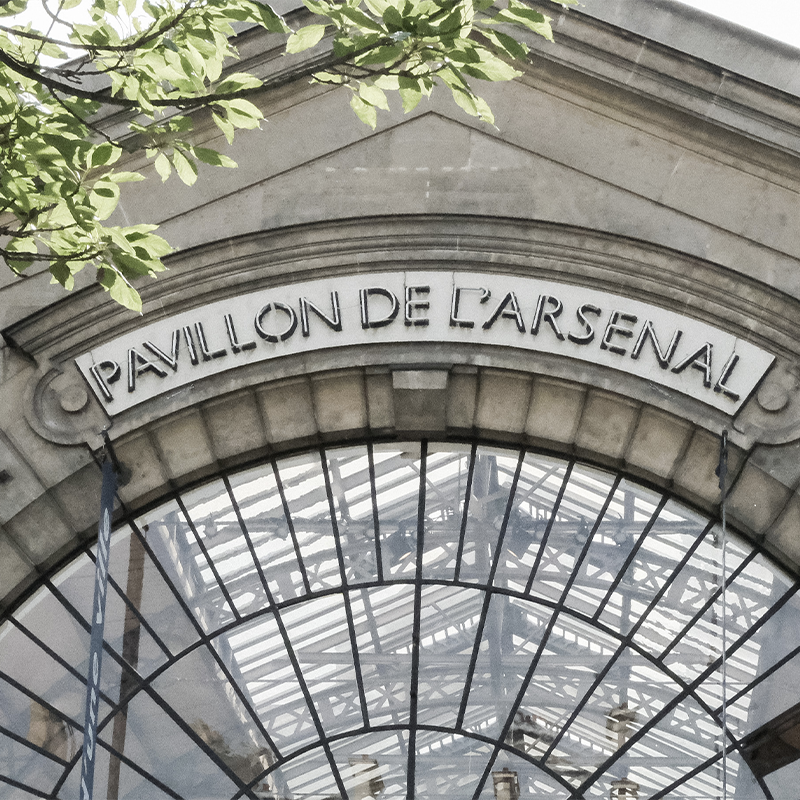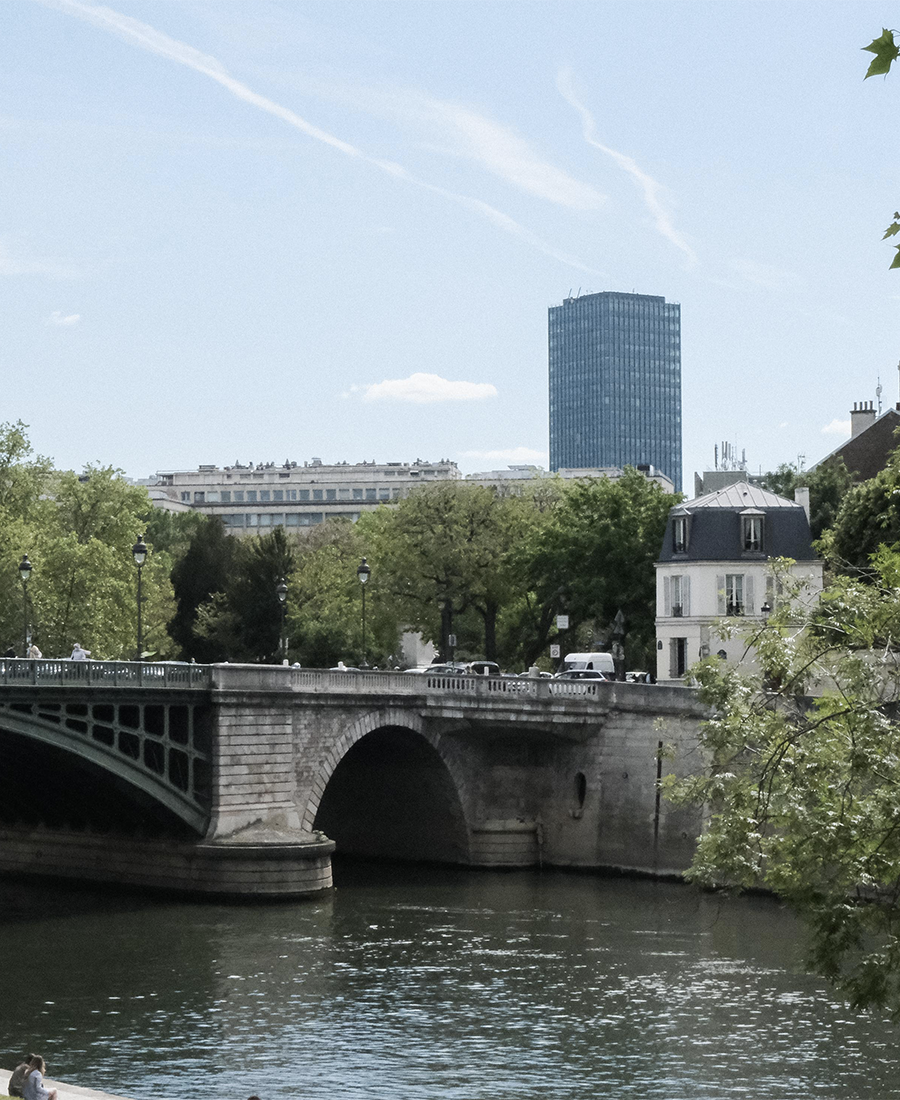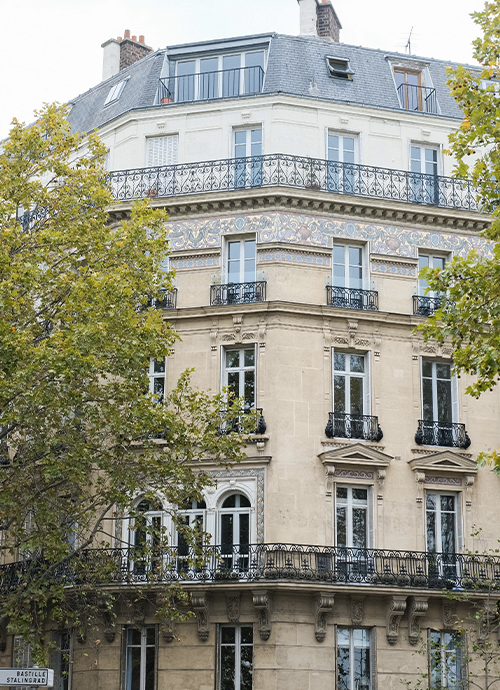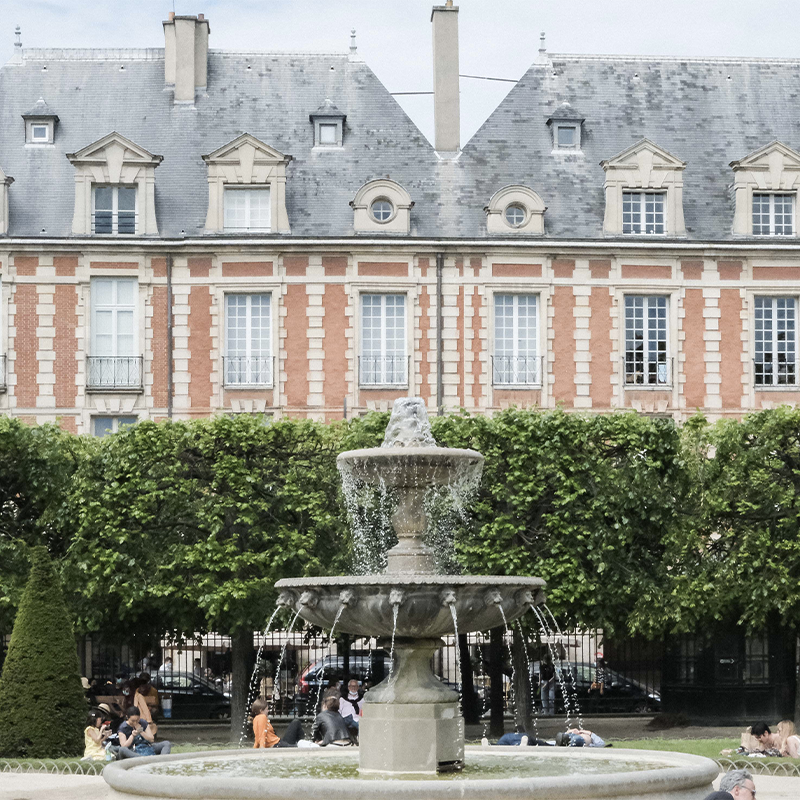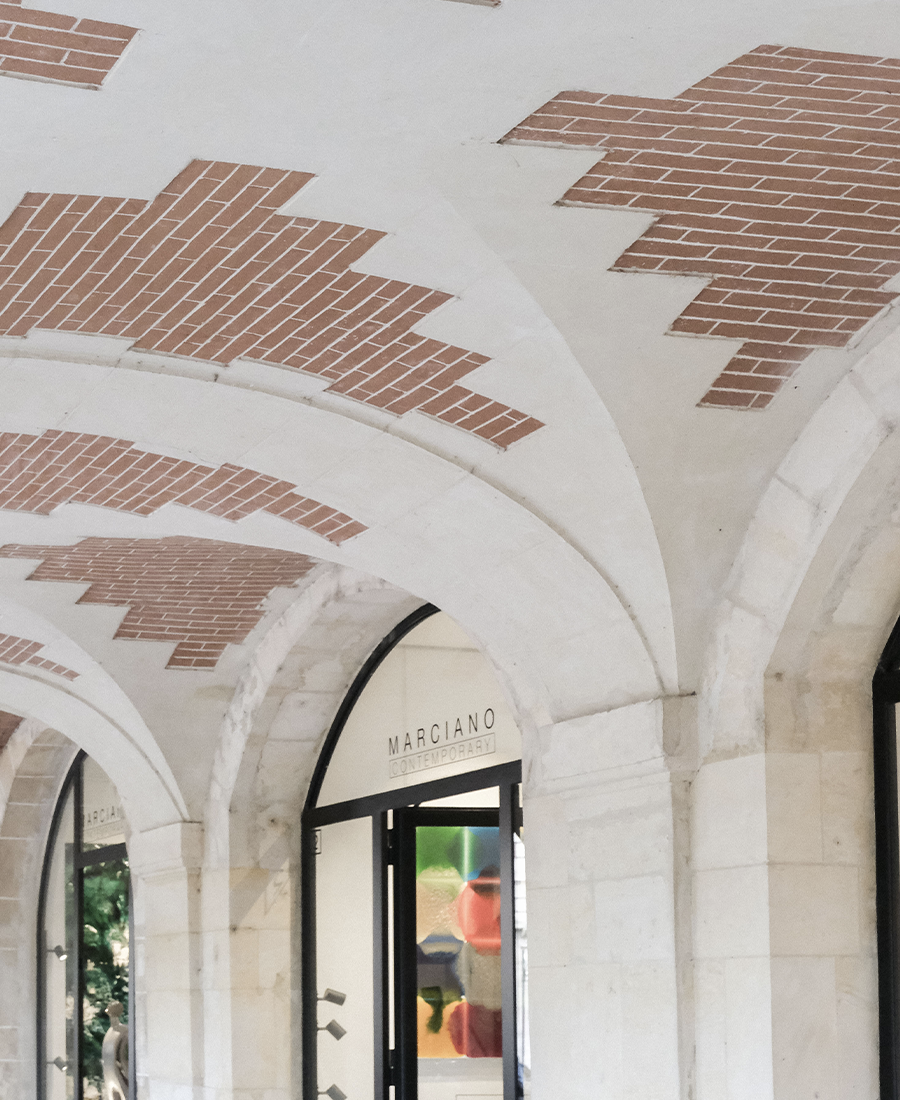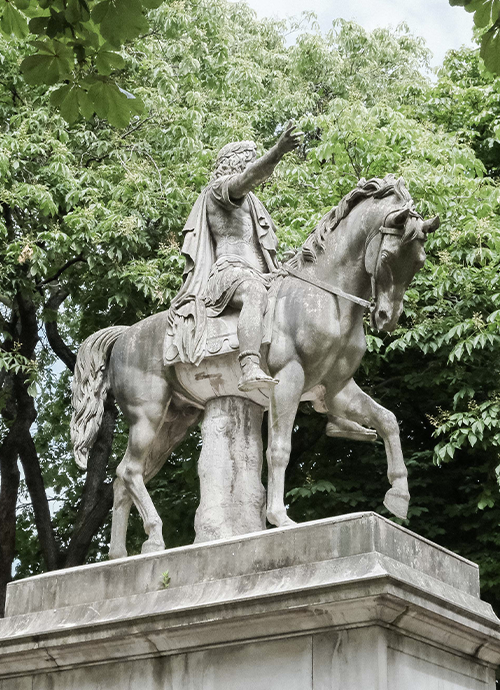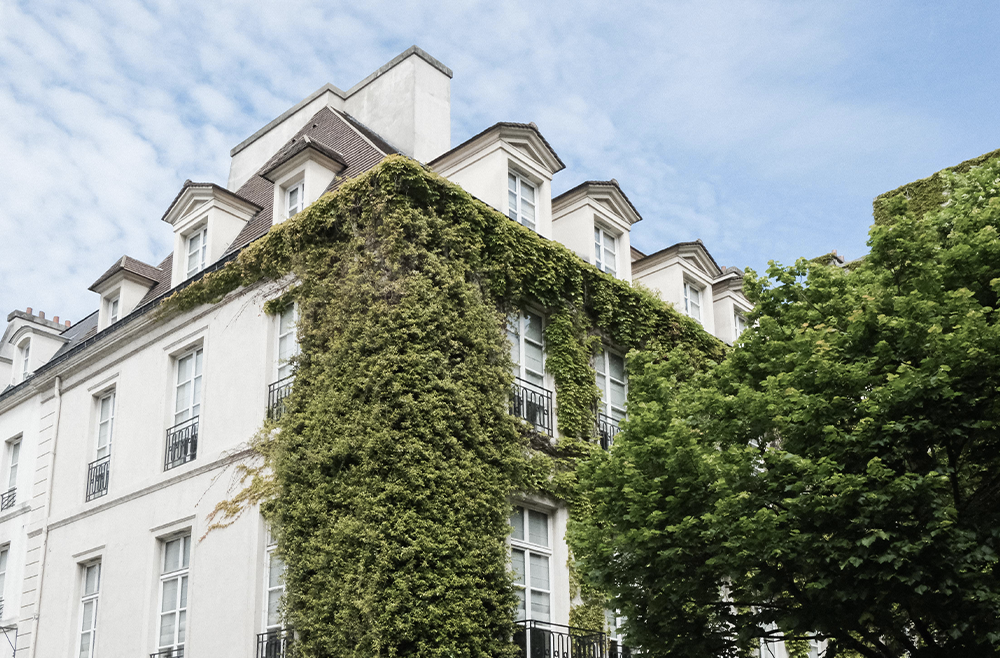GROS CAILLOU

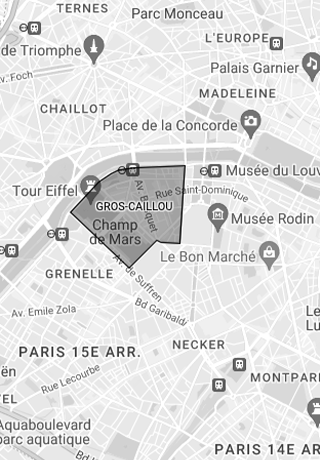
Originally rural, the district was gentrified under the work of Baron Haussmann, then under the influence of the Universal Exhibitions of the 19th century. The emblem of the district, the Eiffel Tower, built in 1889 by Gustave Eiffel, echoes the industrial revolution of the time. At its feet, the Champs de Mars and its immense lawns invite us to admire its sparkles at nightfall.
A peaceful area for its residents, popular for its many food shops. Especially those on rue de Grenelle or rue Cler, famous for its Sunday market. At number 28, don’t miss the old horse butcher’s shop which has retained its decor dating from 1925.
There are also very beautiful Art Nouveau buildings, rather rare in the capital, including two designed by the architect Jules Lavirotte. Recognized for their exuberant, asymmetrical and unbalanced facades, they contrast with Haussmannian homogeneity.
A definitely opulent and family-friendly place to live.
